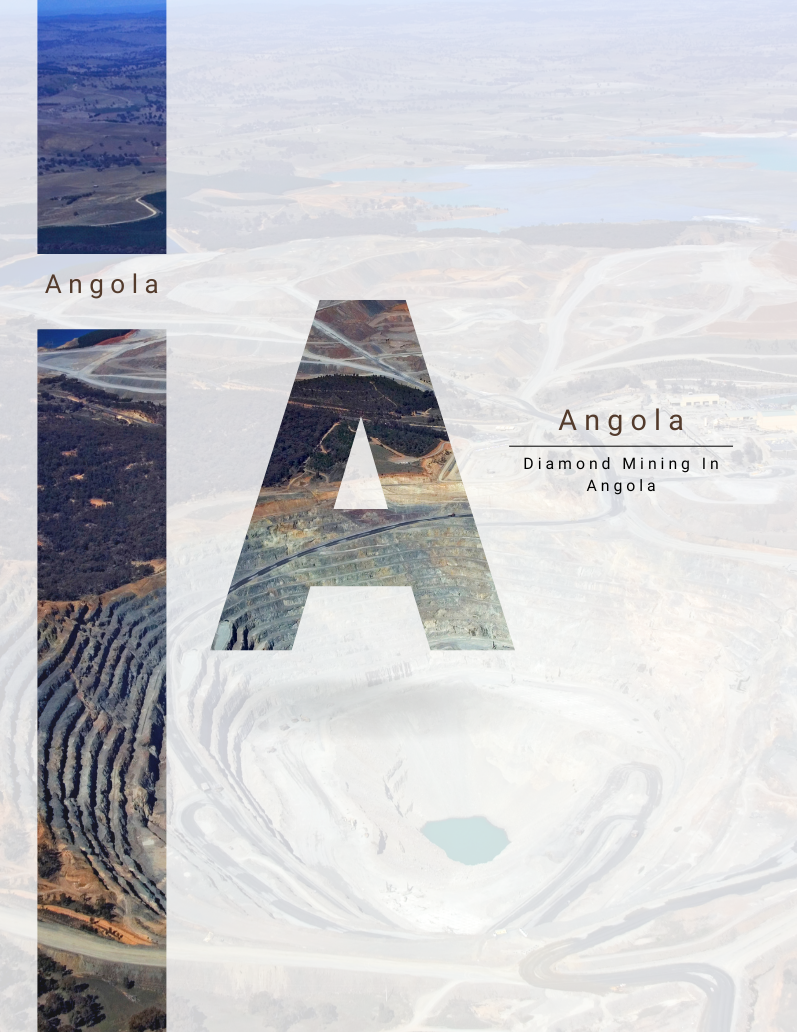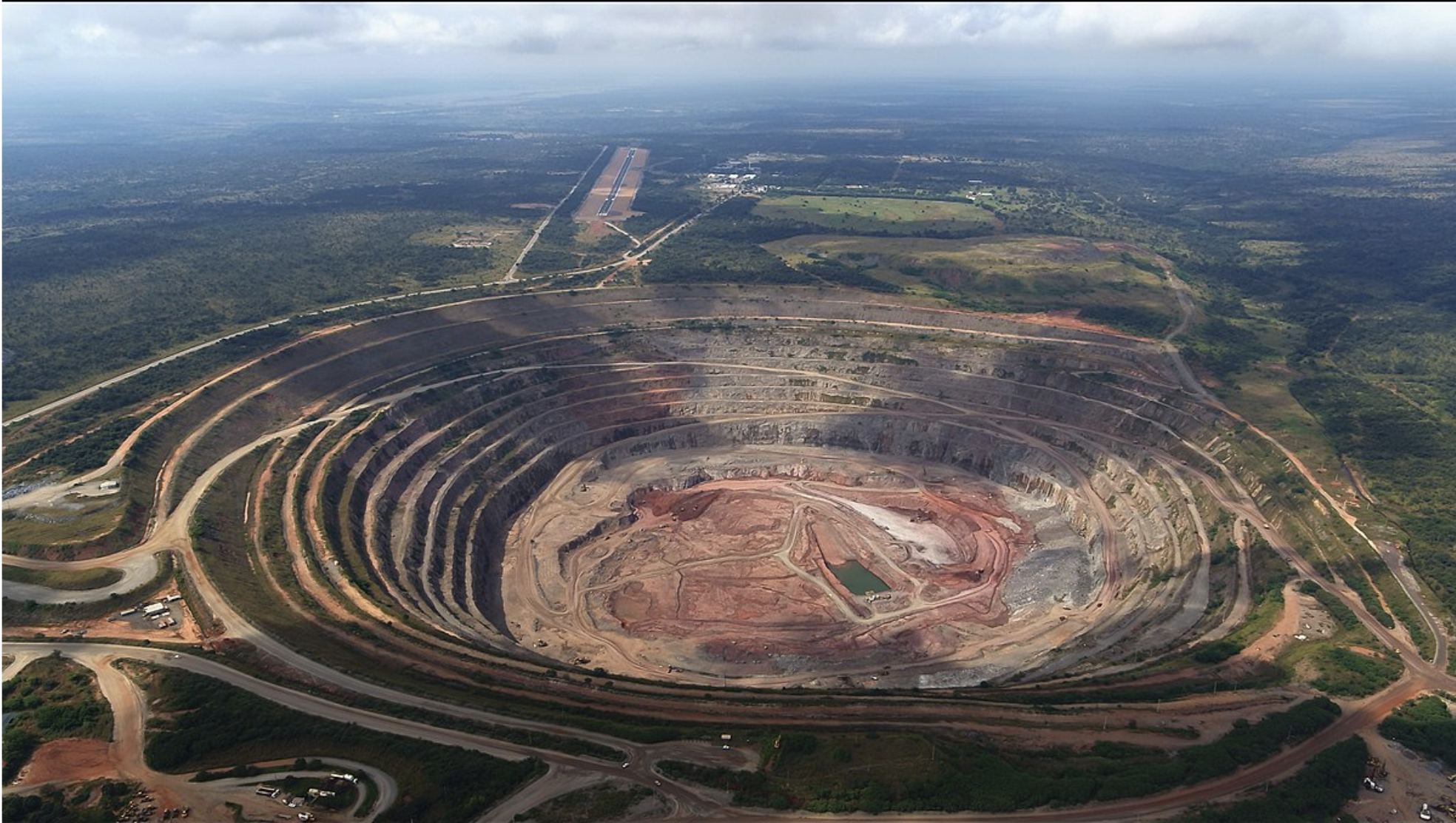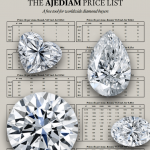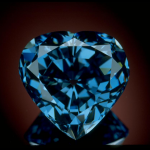Diamond Prices
Read more
Angola’s Diamond Industry: Africa’s 3rd largest diamond producer
A Powerhouse in Africa’s Diamond Trade
Angola is home to one of the richest diamond reserves in the world, making it a key player in the global diamond industry. As Africa’s third-largest diamond producer, the country’s vast kimberlite and alluvial deposits have attracted international interest for decades. From the massive industrial mines of Catoca and Luele to the small-scale artisanal operations along riverbeds, Angola’s diamond sector is both diverse and complex.
This article provides a comprehensive look at Angola’s diamond industry—from its major mining operations and trading regulations to challenges, opportunities, and its role in the global market. As Angola continues to modernize its mining sector and strengthen international partnerships, the country’s future as a diamond powerhouse looks promising.
- Industrial Diamond Mining in Angola: Key Mines and Production
- Alluvial Diamond Mining in Angola: Small-Scale but High-Quality Production
- Notable Alluvial Diamond Regions in Angola
- Diamond Trading in Angola: A Controlled Market with Limited Processing
- Why Angola’s Diamond Sector Is Structured the Way It Is
- Timeline of Diamond Mining in Angola: From Discovery to Modern Industry
Industrial Diamond Mining in Angola: Key Mines and Production
Angola is home to some of the largest and most productive diamond mines in Africa, primarily focused on kimberlite mining, which produces high-quality diamonds. The two main industrial mining operations are the Catoca Mine and Luele Mine. Together they produce more than 80% of the diamond production in Angola.
Angola continues to explore new kimberlite sources, with additional projects expected to boost production from 8.75 million carats in 2022 to 14.5 million by 2024 and 20 million by 2027. The government is actively seeking international partnerships to enhance exploration and technological efficiency.

Catoca Mine: The Heart of Angola’s Diamond Industry
Location: Near Saurimo, in the Lunda Sul province.
Type: Kimberlite diamond mine (largest in Angola and the fourth-largest in the world).
Ownership: A joint venture between Maaden International Investmen41%), Russia’s Alrosa (41%), and two smaller stakeholders.
Production: Accounts for over 75% of Angola’s diamond output, with over 7 million carats mined annually.
Diamond Quality: Mixed color and clarity, predominantly white and off-white diamonds, with some yellow goods.

Luele Mine: The New Angolan Kimberlite Giant
Location: Near Saurimo, close to Catoca.
Type: Kimberlite diamond mine (one of the largest undeveloped kimberlite pipes globally).
Ownership: Fully controlled by ENDIAMA and Angolan partners.
Production: Expected to increase Angola’s total output significantly as mining operations expand.
Diamond Quality: Similar to Catoca, with white and off-white diamonds dominating production.
Alluvial Diamond Mining in Angola: Small-Scale but High-Quality Production
While Angola’s industrial mines dominate in volume, alluvial diamond mining is crucial for high-quality, naturally polished diamonds. These diamonds are found in riverbeds, where erosion has transported them from their original kimberlite sources over millions of years.
Alluvial diamond mining in Angola faces several regulatory challenges, as the government has tightened laws and enforcement measures to control illegal mining and smuggling, ensuring that diamonds enter the legal supply chain. Another major obstacle is the lack of infrastructure in remote mining regions, making it difficult to transport equipment, process mined diamonds efficiently, and enforce regulations.
However, this also presents an opportunity for investment, as developing better roads, power supply, and logistics networks could significantly boost productivity and attract more formalized mining operations. Additionally, with an estimated 40% of Angola’s diamond-rich land still unexplored, there is strong potential for the discovery of new alluvial deposits. Advancements in screening and sorting technology could further enhance efficiency, allowing miners to recover higher-quality diamonds while reducing environmental impact.
Notable Alluvial Diamond Regions in Angola
Cafunfo: A Rich Source of Large Diamonds
Location: Lunda Norte province.
Production: Known for good-sized diamonds with high clarity, though colors are often off-white and yellow.
Mining Type: Largely artisanal, with limited mechanization due to lack of infrastructure.
Lucapa: A Source of White and Pink Diamonds
Location: Lunda Norte province.
Production: Famous for high-quality white and occasional pink diamonds.
Mining Type: Mix of semi-industrial and artisanal operations.
Dundo: A Key Mining Town on the Border with Congo
Location: Near the border with the Democratic Republic of Congo (DRC).
Production: Diamonds from Dundo are often mixed with Congolese goods from Tshikapa, a major alluvial diamond source in DRC.
Mining Type: Predominantly artisanal.
Diamond Trading in Angola: A Controlled Market with Limited Processing
Angola’s Strict Diamond Trading System
Angola is home to several diamond mining organizations, amongst which ENDIAMA (Empresa Nacional de Diamantes E.P.), the state-owned national diamond company. However, unlike many other diamond-producing countries, Angola operates a highly centralized diamond trading system. Regardless of which company extracts the diamonds, all production must be sold through SODIAM (Sociedade de Comercialização de Diamantes de Angola), the state-controlled diamond marketing and export agency. This centralized structure ensures tight government oversight over the entire diamond value chain: from mine to market.
SODIAM’s Role: SODIAM is responsible for pricing and marketing Angola’s diamonds. It manages auctions and direct sales to international buyers. It also ensures compliance with the Kimberley Process, preventing conflict diamonds from entering the market.
Luanda Trading Hub: Luanda, the capital of Angola, serves as the country’s main diamond trading center, where international buyers negotiate directly with SODIAM and ENDIAMA. The government has encouraged more transparent auction processes in recent years to attract foreign buyers and investors.
Key Representatives of Regulatory Bodies in Angola’s Diamond Industry
Since the 30-year civil war era, Angola has made significant progress in regulating its diamond trade to ensure transparency and conflict-free sourcing. The government enforces strict regulations to align with global ethical standards. The three main representatives of Angolan Diamond Industry Regulatory bodies are:

Eugénio Pereira Bravo da Rosa
The current chairman of the Board of Directors for SODIAM (Sociedade de Comercialização de Diamantes de Angola) – Manages the sale and distribution of rough diamonds.

José Manuel Augusto Ganga Júnior
President of ENDIAMA (Empresa Nacional de Diamantes de Angola) – The state-owned diamond mining company, which oversees exploration and production.

Diamantino Pedro Azevedo
Minister of Mineral Resources, Oil, and Gas: Oversees Angola’s entire mining sector, including diamonds, oil, and other minerals.
Why Angola’s Diamond Sector Is Structured the Way It Is
Angola’s diamond industry, one of the most tightly regulated in the world, is shaped by a complex history of colonial exploitation, post-independence turmoil, and strategic restructuring. After gaining independence from Portugal in 1975, Angola faced a mass exodus of Portuguese settlers, many of whom had run the country’s major infrastructure and mining operations. This left behind a severe skills vacuum, including in the diamond sector, which at the time was dominated by Diamang, a colonial-era company partnered with De Beers.
Amid a civil war that lasted from 1975 to 2002, the diamond sector collapsed. In response, the government founded ENDIAMA in 1981 as a state-owned company to regain control of the diamond industry. However, ENDIAMA faced enormous challenges: insecurity, smuggling, damaged infrastructure, and lack of technical expertise. To rebuild, Angola had to train a new local workforce, enforce tighter regulations, and seek international partners.
One of the most important moves came in 2003, when Angola became one of the first countries to implement the Kimberley Process Certification Scheme (KPCS), a global initiative to eliminate conflict diamonds. This not only helped restore international trust but also allowed Angola to re-enter legal export markets. At the same time, ENDIAMA began offering equity stakes in major mines to foreign companies with the capital and technical know-how needed to revive production. Key partnerships were formed with Alrosa (Russia), Lucapa Diamond Company (Australia), Trans Hex (South Africa), and more recently, Maaden International Investment (Oman).
In parallel, Angola has worked aggressively to eliminate illicit diamond trading, cracking down on illegal mining operations and reinforcing border control, military patrols, and licensing regulations. Artisanal, non-licensed miners known as “garimpeiros”, often operating informally or through smuggling networks, have long been a source of leakage from the formal sector. The government’s efforts to formalize small-scale mining and centralize trade through SODIAM, the state’s diamond marketing arm, are aimed at building a transparent, compliant, and investor-friendly industry.
Today, Angola ranks as the fourth-largest diamond producer in the world by volume, behind Russia, Botswana and the DRC. In 2024 alone, the country produced nearly 14 million carats, generating over $1.3 billion in revenue, a substantial contribution to the national economy, second only to oil. With an estimated 40% of its diamond-rich territory still unexplored, and ENDIAMA set to be partially privatized by 2027, Angola’s diamond industry is now built on stronger foundations than ever before, balancing resource sovereignty with international integration.
Timeline of Diamond Mining in Angola: From Discovery to Modern Industry
We thank you for reading this article and hope you will enjoy the timeline pdf we have created for you. Feel free to download it.



